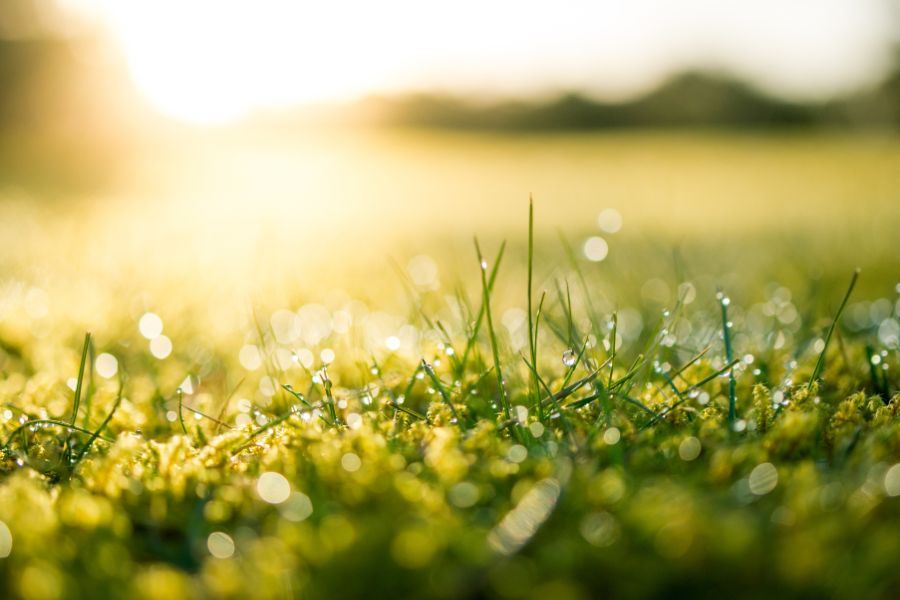What is greenwashing?
– and how do you recognise it?
Greenwashing is when a product or service is marketed as a better environmental choice than it really is. Here are some tips on how to recognise greenwashing, so you can make environmentally sound choices the next time you go shopping.

Climate and environment sell! Many consumers want to make good environmental choices when shopping, and therefore manufacturers try to outdo each other in communicating how good their particular environmental choices are. Sometimes the claims are true, other times it is "greenwashing".
Definition: What is greenwashing?
Greenwashing is misleading us consumers by presenting a product as much more environmentally friendly than it really is. For example, by marketing a product as green, climate-neutral or "good for the environment".
When greenwashing is frequently used, it becomes very difficult for you to find out what is actually true or not. And which products actually have a lower environmental impact.
If we are to succeed in solving the climate crisis, the nature crisis and reducing the use of environmental toxins, it is absolutely crucial that we reduce the environmental impact of all consumption. Greenwashing is an obstacle to this. In this sense, greenwashing is also a serious environmental problem.
Here's how to recognize greenwashing:
1. Beware of vague environmental claims without explanation
"Environmentally friendly", "climate positive" and "green" are examples of words that are both very general and difficult to prove. All production has a negative impact on the climate and the environment, and if the manufacturer does not provide an explanation of the specific characteristics of the products to which the claims relate, it may be greenwashing.
It is more credible if the manufacturer highlights something specific about the product, for example that the wood in the sofa does not come from the rainforest.
2. Is the claim relevant?
The environmental claim must also be relevant to what you are going to buy. If you buy a sofa, the environmental claim should be about the sofa, not about the store not using paper invoices or that the factory also manufactures other "environmentally friendly" products.
3. Who is behind the environmental claim?
Suppose you are going to buy a shampoo. The bottle says that the shampoo is "more sustainable". Who is it that vouches for this environmental claim about the product? Is it the manufacturer himself who claims that the shampoo is a good environmental choice? Or is it a third party – that is, someone who neither produces nor sells the product – who vouches for the claim?
The most credible is when it is an independent body that stands behind the claim, such as the Nordic Swan Ecolabel. The official Nordic ecolabel.
4. Critically review the use of images, colours, and symbols
Excessive use of green symbols on packaging, or the use of images in marketing that show untouched nature, the globe or anything else that really has nothing to do with the product, are examples of well-known ways to use greenwashing.
The manufacturer is welcome to use beautiful images in its marketing, but it is more credible if they have some connection to the environmental claims that are highlighted.
5. Check if the claim can be substantiated
What the manufacturer highlights as a good environmental property must be possible to prove, and information about this should preferably be easily accessible in direct connection with the product. If you're not happy with what you find, you can ask the manufacturer directly.
Remember!
We as consumers have great and unused power to contribute to the green transition. That you want to be able to distinguish the wheat from the chaff by being able to see through greenwashing is a good and important step on the way.
If you want to make it easy for yourself in the future, look for a type 1 ecolabel such as the Nordic Swan Ecolabel, EU Ecolabel, Good Environmental Choice (Bra Miljöval), TCO Certified and KRAV. Then you know that the products live up to tough requirements and that they have been checked by an independent party.